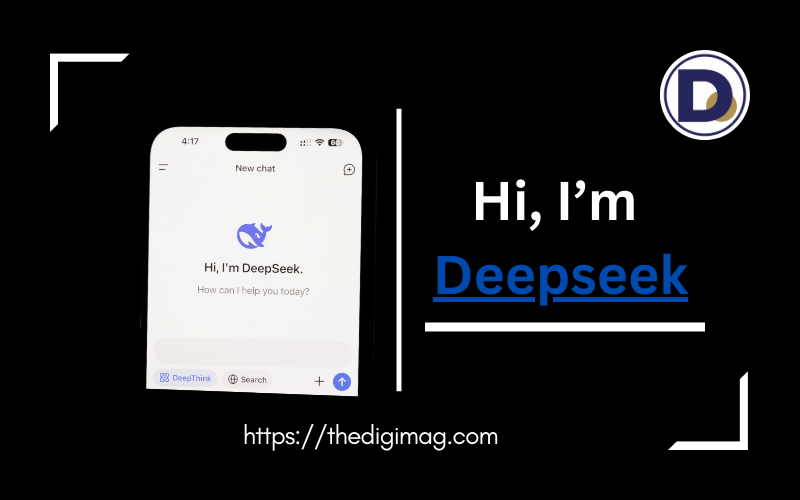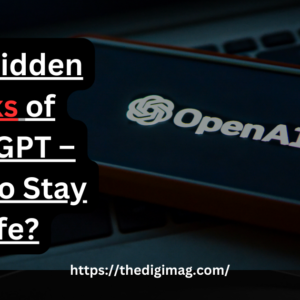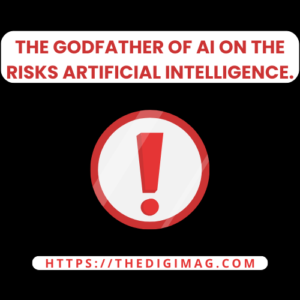In December 2024, the tech world was jolted by an unexpected breakthrough from a relatively unknown Chinese startup, DeepSeek. Their V3 AI model, trained on just 2,000 low-end Nvidia H800 GPUs, outperformed some of the most advanced models in coding, logical reasoning, and mathematics.
This achievement sent shock waves through Silicon Valley, forcing industry leaders to revisit their approach to AI development. The story behind this feat is not just about technology but also about the visionary mind that made it possible: Liang Wen Fung.
Table of Contents
The Man Behind the Machine: Liang Wen Fung
Liang Wen Fung was born in 1985 in the coastal city of Jan Xiang in China’s Guangdong Province. He was raised in a modest household by his father, who was a primary school teacher. From an early age, Liang displayed a keen talent for mathematics. While other children played games and sports, he immersed himself in puzzles and equations. The thrill of cracking their secrets brought him pure joy. This passion for numbers would ultimately define his career.
By his teenage years, Liang’s problem-solving skills were unmatched. He had a unique capability to break down complex challenges into smaller, manageable steps. This skill would later prove invaluable in tackling real-world tech and financial problems. At 17, his dedication earned him a spot at Xiang University, which is one of China’s top institutions. There he studied electronic information engineering. He combined his mathematical prowess with hands-on technology applications, diving into subjects like data analysis and computer systems.
During college life, Liang became fascinated by how mathematics could explain financial markets. He studied probability-based models and algorithms to predict trends, which earned the attention of his professors, who gave him advanced research opportunities. By his final year, he focused on algorithmic trading, using computer programs to make fast, math-driven stock market decisions. This work laid the foundation for his future career.
A Pivotal Decision: Choosing AI Over Drones
Around this time, Liang faced a life-changing decision. Wang Tao, the founder of the drone company DJI, invited him to join as a partner. While the offer promised wealth, Liang turned it down. He believed AI had the potential to transform industries far beyond drones. Instead of joining DJI, he chose to start his own company, aiming to pioneer AI-driven solutions.
This decision turned out to be remarkably foresightful. When the 2008 financial crisis hit, Liang, then a graduate student at Xiang University, saw an opportunity to apply his skills. As banks crumbled and economies faltered, panic gripped most people. But Liang, with the use of his mathematical expertise, focused on solving the crisis. He gathered a team of classmates to explore machine learning, a type of AI that learns from data. Their goal was to build computer programs that could analyze markets faster and smarter than humans.
The team started by collecting mountains of data—stock prices, unemployment rates, even news headlines. They fed this information into experimental algorithms, tweaking them to predict market swings.
Early models failed constantly, but persistence in months of trial and error ultimately paid off. Slowly, their algorithms began identifying hidden trends, such as how falling housing prices affected tech stocks—patterns that traditional traders missed. Even though their system wasn’t perfect, it started making accurate predictions in the volatile market, flagging when certain stocks were about to rebound.
From Finance to AI: The Birth of DeepSeek
Liang’s experience during the financial crisis solidified his conviction in AI’s transformative potential. In 2013, he co-founded Hung XO Jacobe Investment Management with his college friend Shu Jin, where he tested his AI-driven trading strategies in real markets.
Two years later, they launched Hungo High Flyer Technology, which focused on blending advanced math and AI to create smarter trading systems. Their timing was perfect—China’s financial markets were expanding, which offered new opportunities for tech-driven firms.
High Flyer created ripples in 2016 by releasing its first AI trading model, which used deep learning to analyze vast amounts of data and decide when to buy or sell stocks. The results were impressive. During a volatile market period in early 2017, High Flyer’s AI trading system maintained consistent profits while competing firms experienced losses. By late 2016, High Flyer managed over 1 billion yuan (about $140 million), outpacing older rivals.
The Firefly Supercomputers: A Game-Changer
As High Flyer grew, Liang faced a critical challenge: the company needed massive computing power to keep its AI systems ahead of the competition. In 2019, he invested 200 million yuan (about $28 million) to build Firefly Number One, a supercharged AI training system equipped with 1,100 specialized graphics cards. This system could crunch financial data at lightning speed, helping High Flyer’s AI make smarter, faster trades.
But Liang didn’t stop there. In 2021, he took it to the next level with Firefly 2.0, by investing an astonishing 1 billion yuan ($140 million). This powerhouse featured 10,000 cutting-edge Nvidia A100 GPUs, which stunned the tech world. Firefly 2.0 boasted the processing power of 100,000 high-end laptops combined. Remarkably, it was also eco-friendly—reducing energy consumption by 40% and cutting costs in half compared to previous systems.
ADVERTISEMENT
Pivoting to General Artificial Intelligence
In May 2023, Liang made his boldest move yet. He shifted focus from finance to the pursuit of general artificial intelligence (AGI), capable of surpassing humans in tasks ranging from coding to medical diagnosis. He founded DeepSeek with a daring mission of developing human-level AI. This thrust him into direct competition with China’s tech giants, all vying for supremacy in the AI race.”
DeepSeek’s approach was unique. Instead of chasing quick profits, Liang relied on young talent. He hired fresh graduates from top universities. The team avoided publicity to focus on long-term research, leveraging the Firefly supercomputers from Liang’s finance days for massive computing power.
In May 2024, DeepSeek dropped a bombshell: DeepSeek V2, an AI model that matched giants like GPT-4 Turbo but cost just one yuan per million words processed—170 times cheaper than its competitors.
DeepSeek V3: A Breakthrough in Efficiency
In December 2024, DeepSeek unveiled its most groundbreaking project yet: DeepSeek V3. What made this achievement special was that it was built using just 248 Nvidia H800 GPUs—basic equipment in AI development.
Despite using simpler hardware, DeepSeek V3 outperformed models trained on much stronger systems, excelling in coding, logical thinking, and mathematics. The model worked as well as OpenAI’s GPT-4, which was widely regarded as the best AI system available.
DeepSeek V3’s success came from smart new approaches like FPA mixed-precision training and predicting multiple words at once. These methods allowed DeepSeek to use less computing power while maintaining quality. Training DeepSeek V3 cost about 558 million yuan, compared to GPT-4’s training cost of 63to63to100 million. This demonstrated that you don’t always need more computing power and money to make better AI.
A Wake-Up Call for the Tech Industry
DeepSeek’s achievements have been a wake-up call for the tech industry. The company’s success has shown that innovation and clever engineering can level the playing field, allowing smaller teams to compete effectively with well-funded competitors.
The story of DeepSeek is not just about technology but also about the people behind it. Liang Wen Fung’s vision, combined with a small, young team of 139 engineers and researchers, has proven that big ideas don’t always require big budgets.
DeepSeek’s low energy use has also addressed growing concerns about AI’s environmental impact, demonstrating how to make AI more sustainable. As the AI industry continues to evolve, DeepSeek’s breakthroughs remind us that necessity is indeed the mother of invention—and that the future of AI may be shaped by those who dare to think differently.
As the global AI field continues to shift, DeepSeek’s story serves as a powerful reminder that innovation knows no boundaries—and that the next big breakthrough could come from anywhere.





